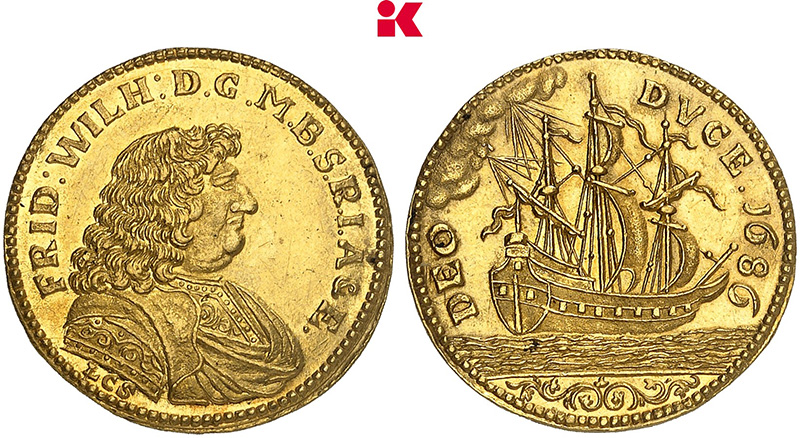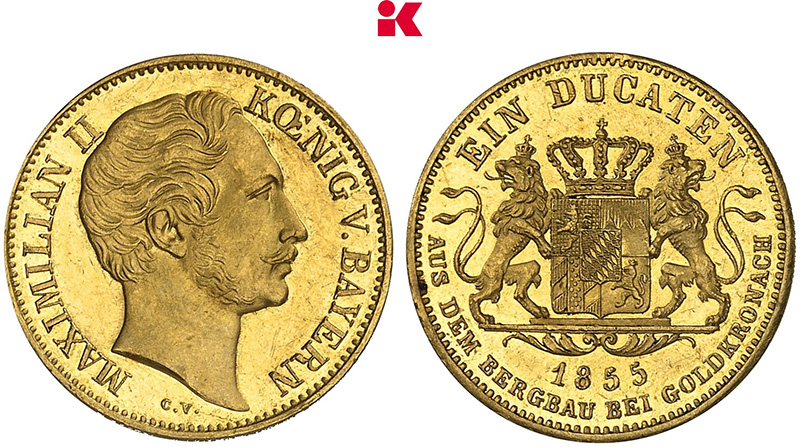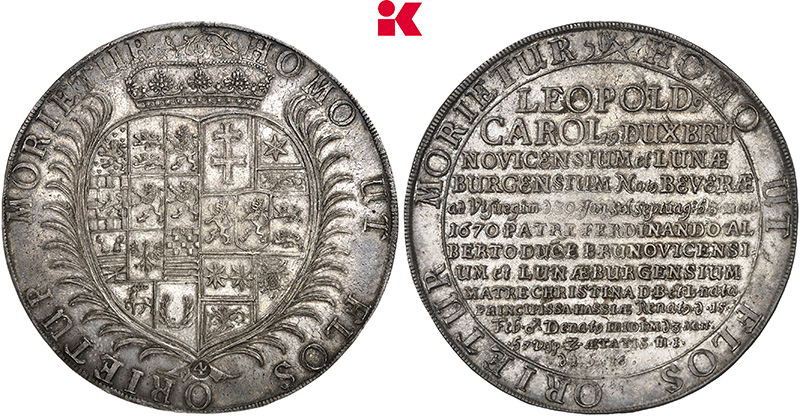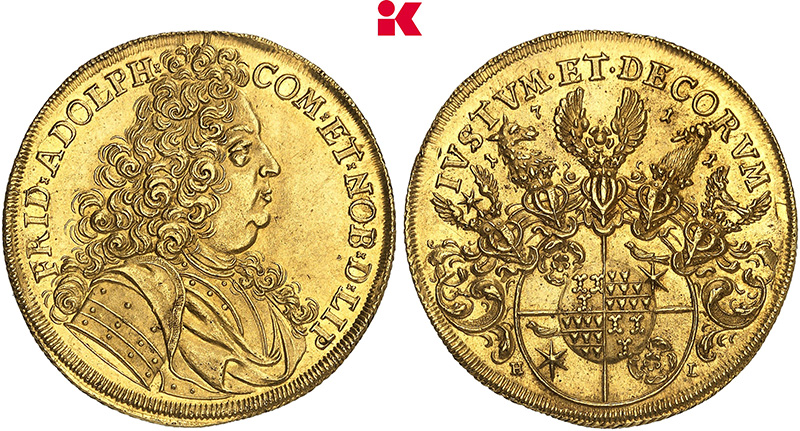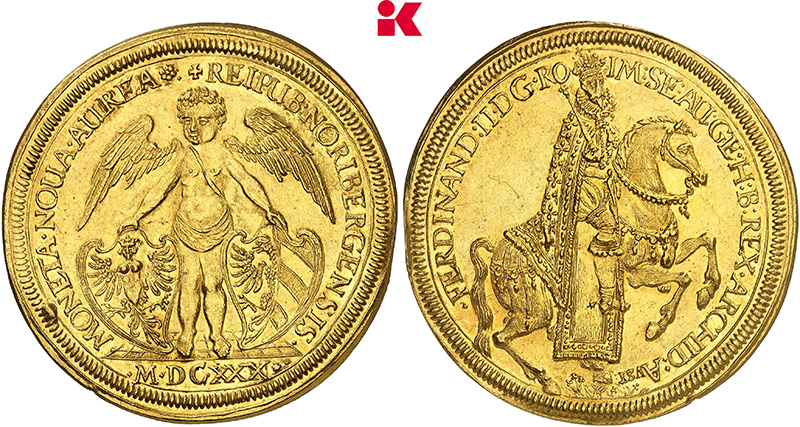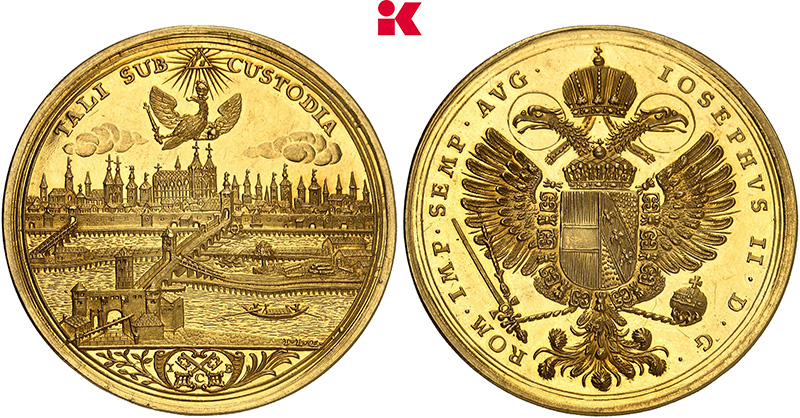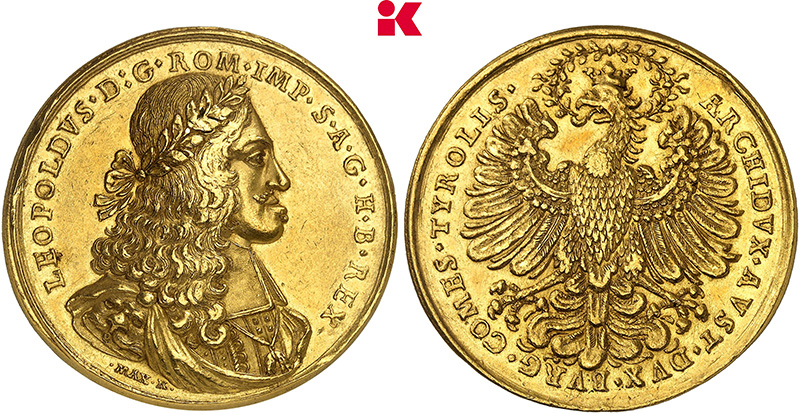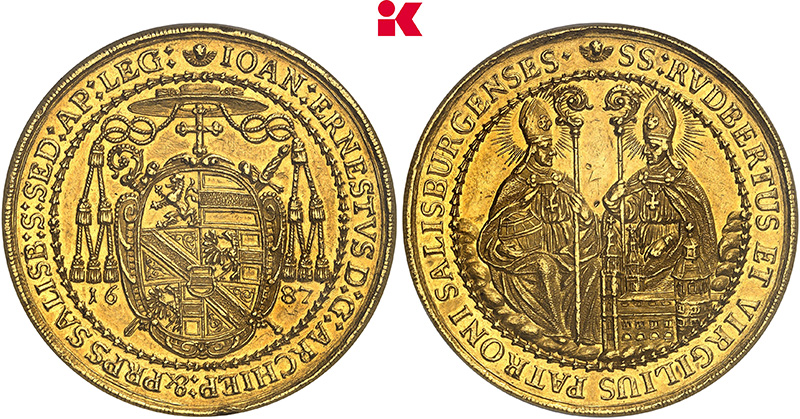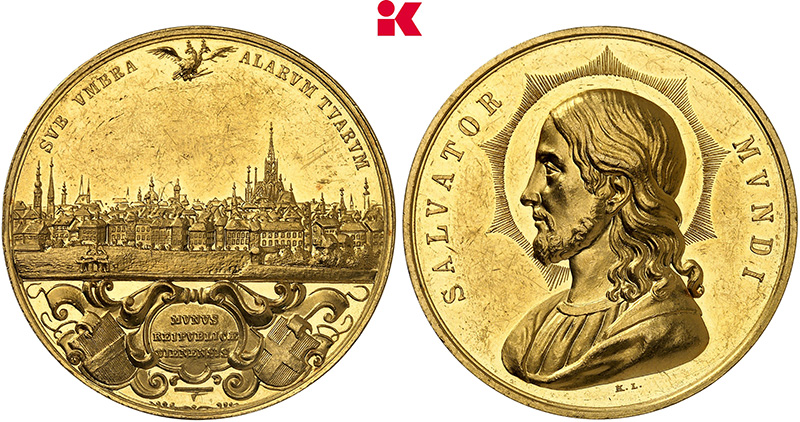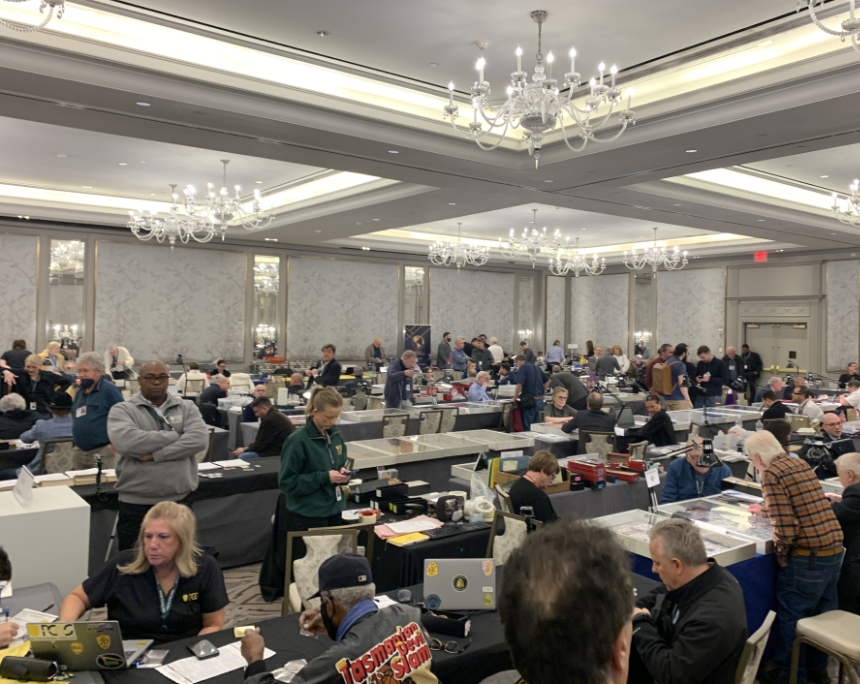Classical Numismatics Gets Off to a Great Start to 2024 in New York
by Sebastian Wieschowski, translated by Maike Meßmann
As soon as you set foot into the InterContinental Barclay Hotel in the heart of New York, leaving behind the hustle and bustle of the city and the hubbub of nearby Park Avenue, you feel like you were transported back to the Roaring Twenties. The luxurious lobby, lavishly furnished with spacious sofas and armchairs, is the perfect place to relax or have a personal chat at the bar. One’s first impression of the scenery is dominated by marble, copper and oil paintings.
Content
It is not only the setting that is unusual for a coin fair. The New York International Numismatic Convention itself is also very different at first glance: more than 100 exhibitors set up their tables in the Empire and the Grand Ballrooms as well as in the adjacent Gallery; on the ground floor, the Barclay Salon hosts seven days of auction sales. By now, the event is considered a yardstick for the upcoming numismatic year – and the sentiment in New York reveals a lot about the rest of the coin world.
A Small Labyrinth Takes Visitors on a Numismatic Treasure Hunt
Once you passed the entrance area and walk up the wide staircase, dropping the first “wow” of the day due to the gigantic chandelier, you are likely to get a little lost afterwards – in the dimmed light, the hotel’s first floor looks like a small labyrinth with many nooks and corners. But this numismatic treasure hunt quickly grew on visitors, which then strolled through the ballrooms and hotel corridors at random.
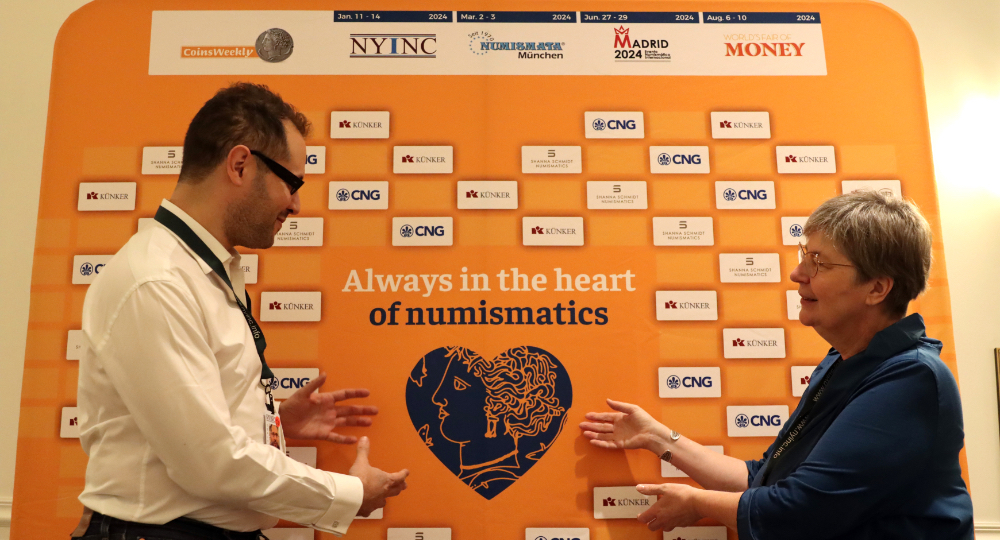
Always in the heart of numismatics: CoinsWeekly was also present with a booth in New York. Photo: Sebastian Wieschowski.
As a German coin collector who is mainly used to events such as the World Money Fair in Berlin or the Numismata in Munich and has already gotten a taste for the US market at the ANA World’s Fair of Money and the FUN Show in Florida, I entered a completely different world at the NYINC: there was no sight of typical US contemporary coinage, particularly Morgan Dollars, Quarters or Pennies – and there were also no boxes filled with random coins, contemporary world coins or coins of the lower price range in general.
An Alternative to Loud, Colourful Coin Shows
These little particularities are by no means coincidental. After all, the New York International Numismatic Convention presents itself as an alternative to the typically loud and colourful US coin show – and has attracted a dedicated community of dealers and collectors from the United States: At the booth of Classical Numismatic Group (CNG), the compartments of the slipcases filled up with “sold” cards by the day. At the booth of the Numismatic Guaranty Company (NGC), clients consigned their coins for grading. Besides, there were the big European players – including for example the Künker auction house from Osnabrück in Germany and the Swiss SINCONA AG from Zurich, as well as several dealers from Spain and the Netherlands. In addition to the well-known names of the classical numismatic scene in the United States, there were also numerous guest from all over the world – particularly striking: young trade visitors form Asia.
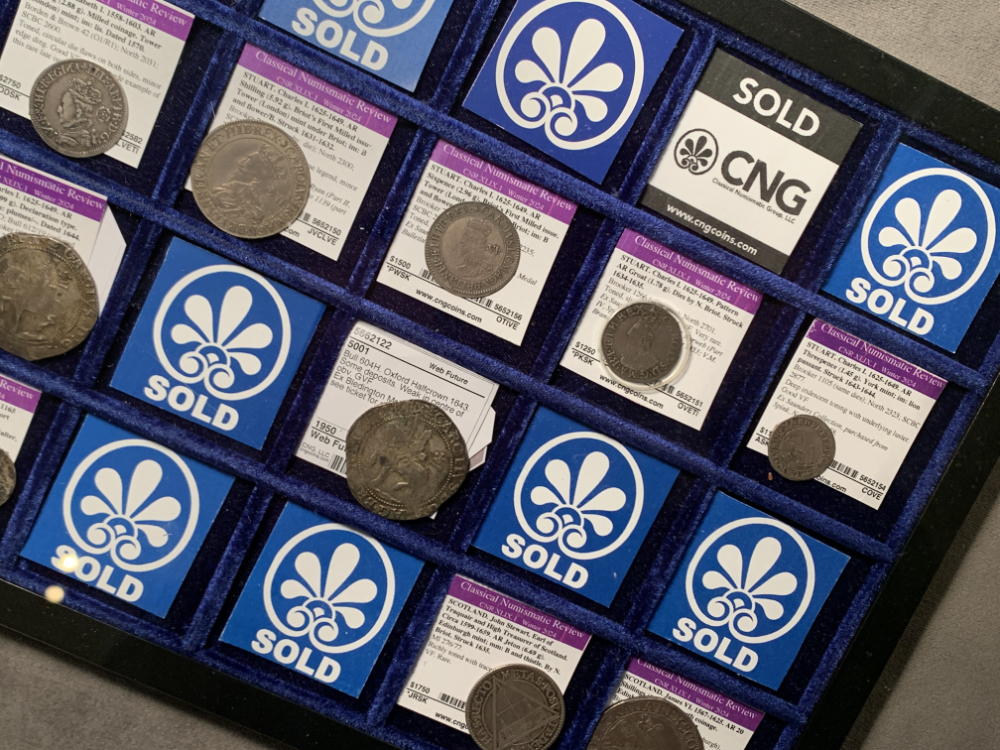
Sold, sold, sold: apparently, British coins from the 17th century were in high demand at the Classical Numismatic Group booth. Photo: Sebastian Wieschowski.
The organisers of the NYINC were very pleased with the outcome: “The NYINC was highly successful. Some dealers and participants have contacted me to express how much they appreciated the good organisation of this event. And the number of participants increased significantly,” said Paul Russell, Chairman of the NYINC. When asked how he perceived the atmosphere during the event, he answered with a single word: “Excitement”. With regard to possible incidents, Russell said that there had been none; a development that he explained with his team upgrading the security measures.
Heightened Security Measures Following Previous Incidents
In fact, the organisers of the New York International Numismatic Convention have completely revised the way in which visitors are admitted to the convention following the negative headlines of recent years: this year, people were only allowed to enter the halls after their personal data had been carefully checked. Every visitor had their picture and their name printed on the admission ticket, which they had to wear visibly around their neck. NYINC visitors, who had become accustomed to the relatively uncomplicated way of entering and leaving the halls in recent years, had to familiarise themselves with the new system – and be patient: it takes some time for every visitor to present their ID at the entrance, pose for a picture and wait for their badge to be printed. Thus, the new system caused delays at the New York International and a certain amount of uncertainty for visitors.

A lonely king: recently minted coins with like these ones with the image of Charles III were obviously a rarity at the NYINC. Photo: Sebastian Wieschowski.
For the next NYINC, the organisers would be well advised to create even clearer signs to identify the various tables where visitors can get their entry tickets – and to draw even more attention to the possibility of pre-registering online. After all, those who used this option only had to collect their badge instead of having to queue and do the rest. However, visitors to coin fairs around the world will have to get used to new entry systems – after all, the risk of theft, whether by inconspicuous individuals or organised groups, is all too high.







